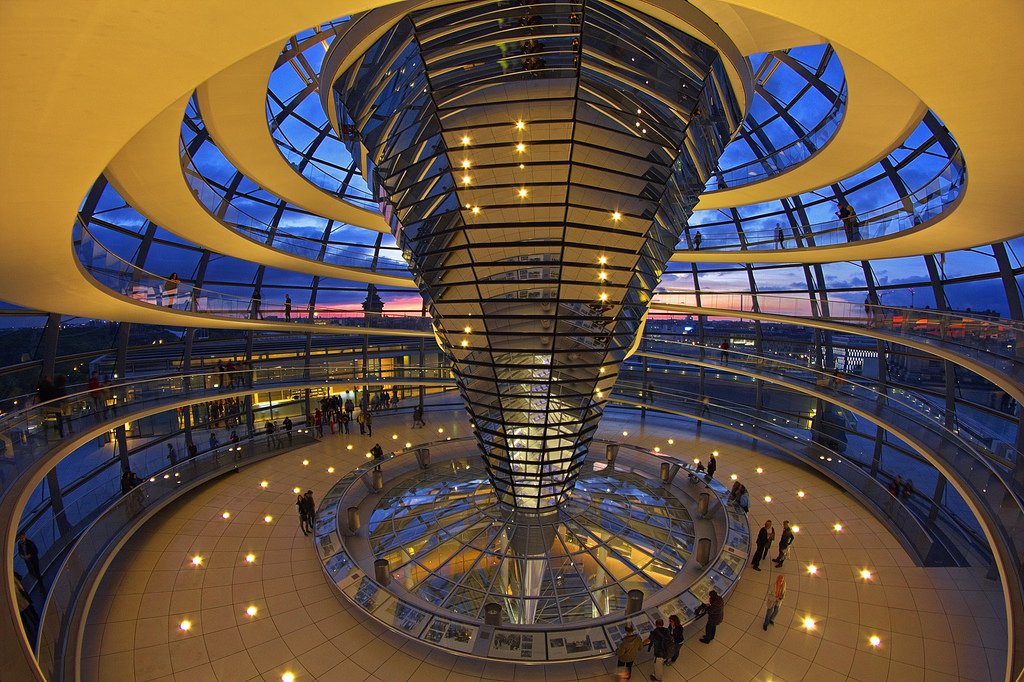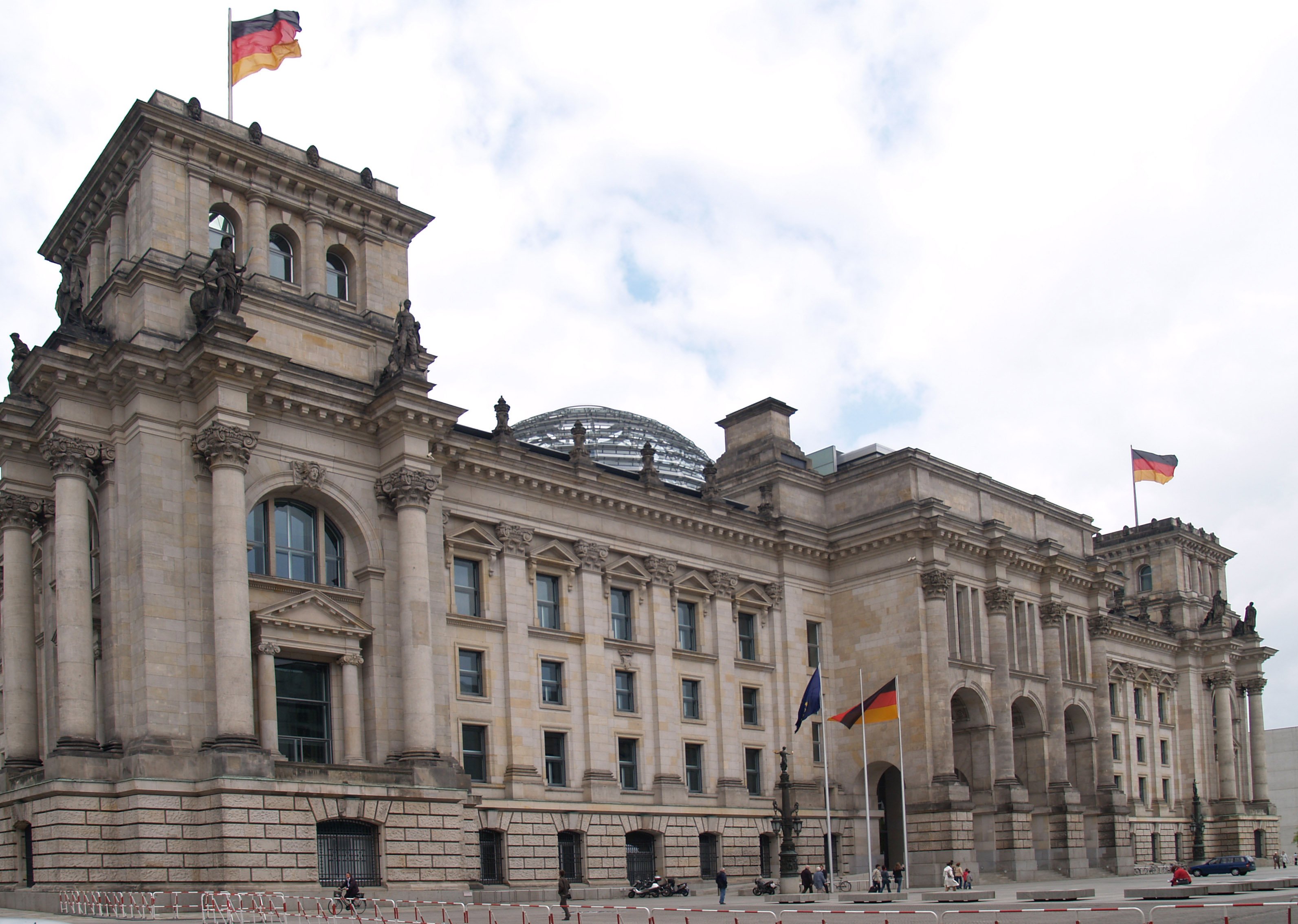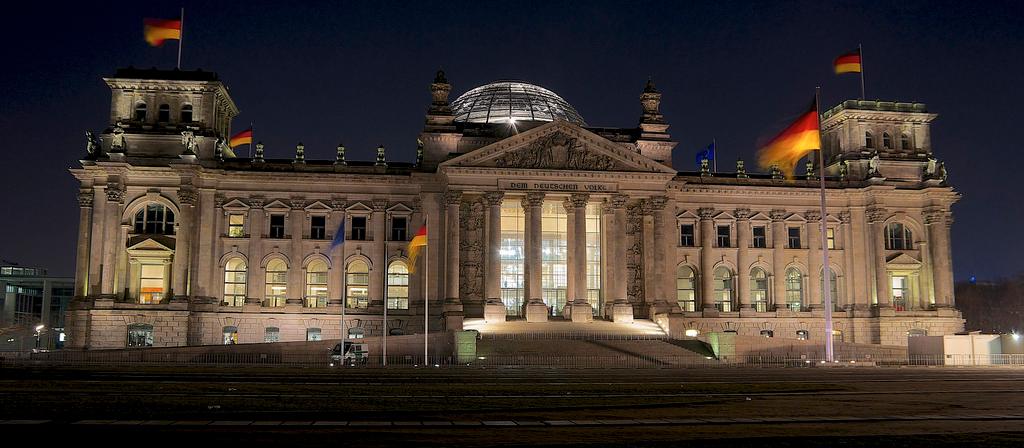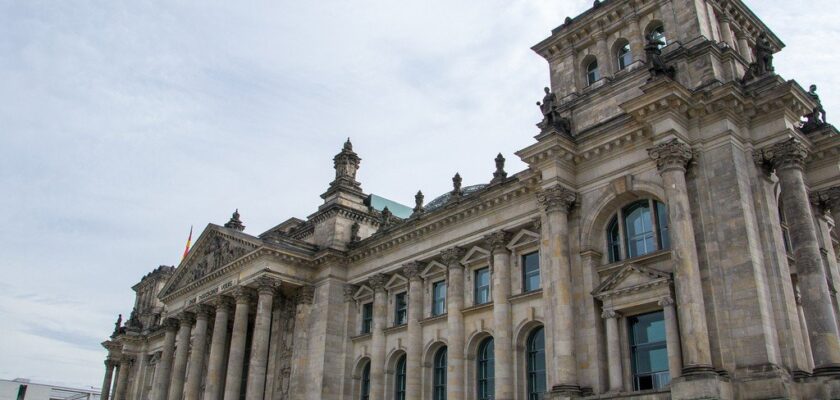Reichstag building
Reichstag is the building of the German parliament in Berlin; from 1894 to 1933, the state institution of the same name met here. In 1999, the structure was renamed the Bundestag. Today this place is one of the main Berlin sights, which is visited by millions of tourists every year. First of all, it attracts with its complicated and rich past, which is inseparable from the history of Germany, as well as the events of the Second World War.
.Today, inside and outside in some places are preserved inscriptions of Russian soldiers on the smoked walls, bullet marks. These fragments make a strong impression, catching the eye against the background of perfectly restored surfaces. It should be said that for Germans the symbolism of the Reichstag is in many ways filled with sorrow, the memory of a bloody and senseless war that must never be repeated. But it is also an image of a new European country with a developed economy, freedoms and a democratic system.
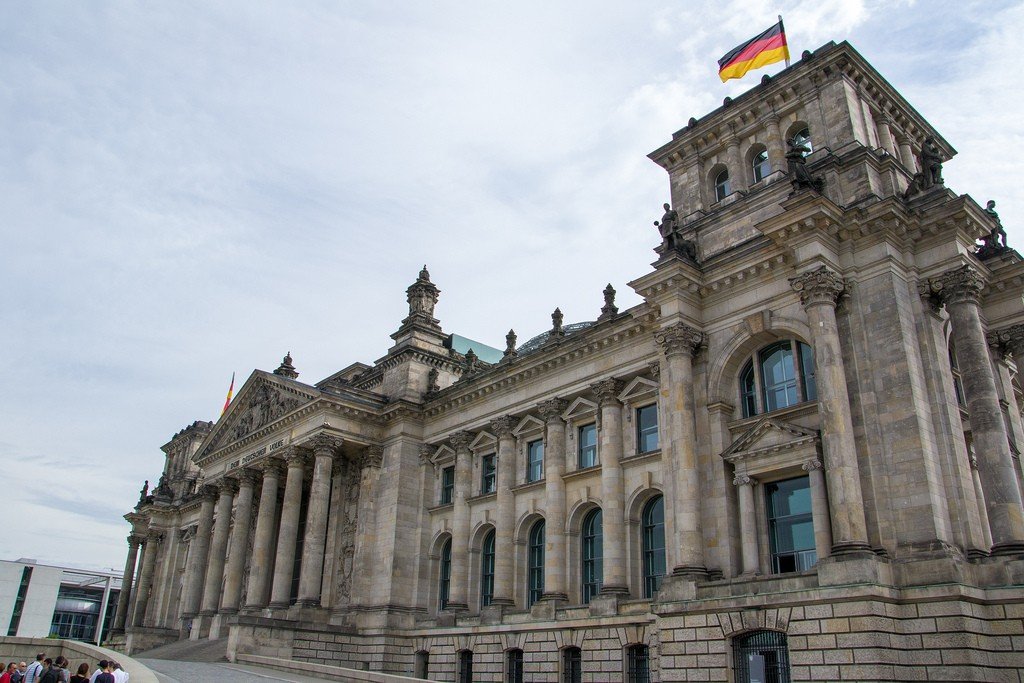
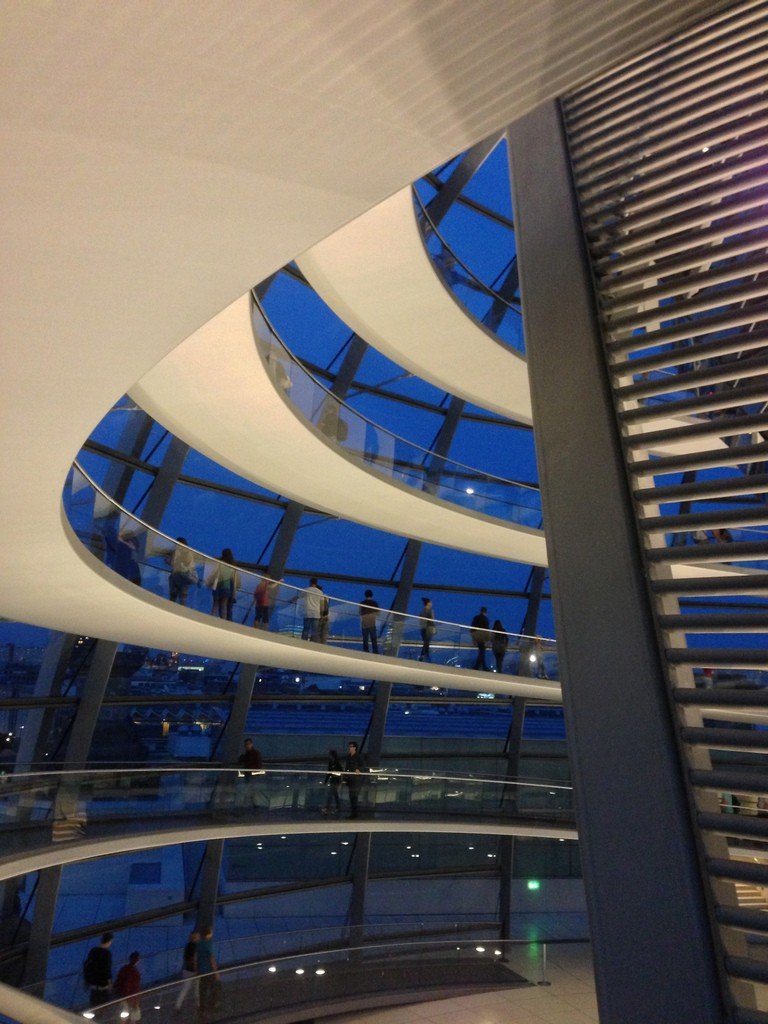
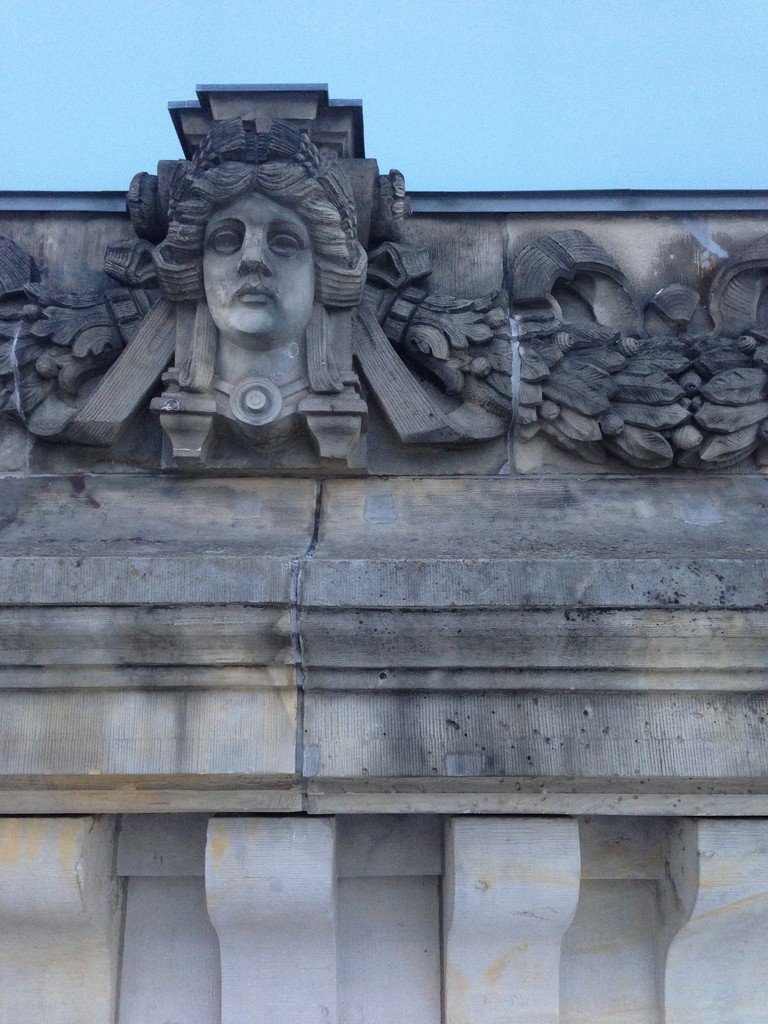
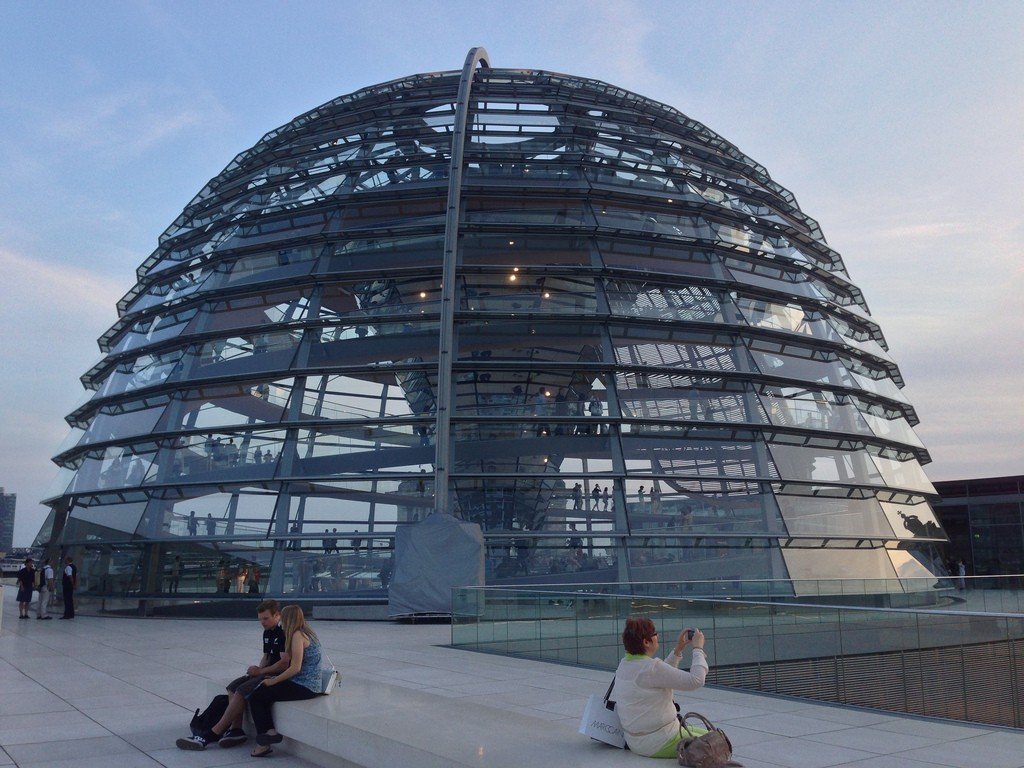
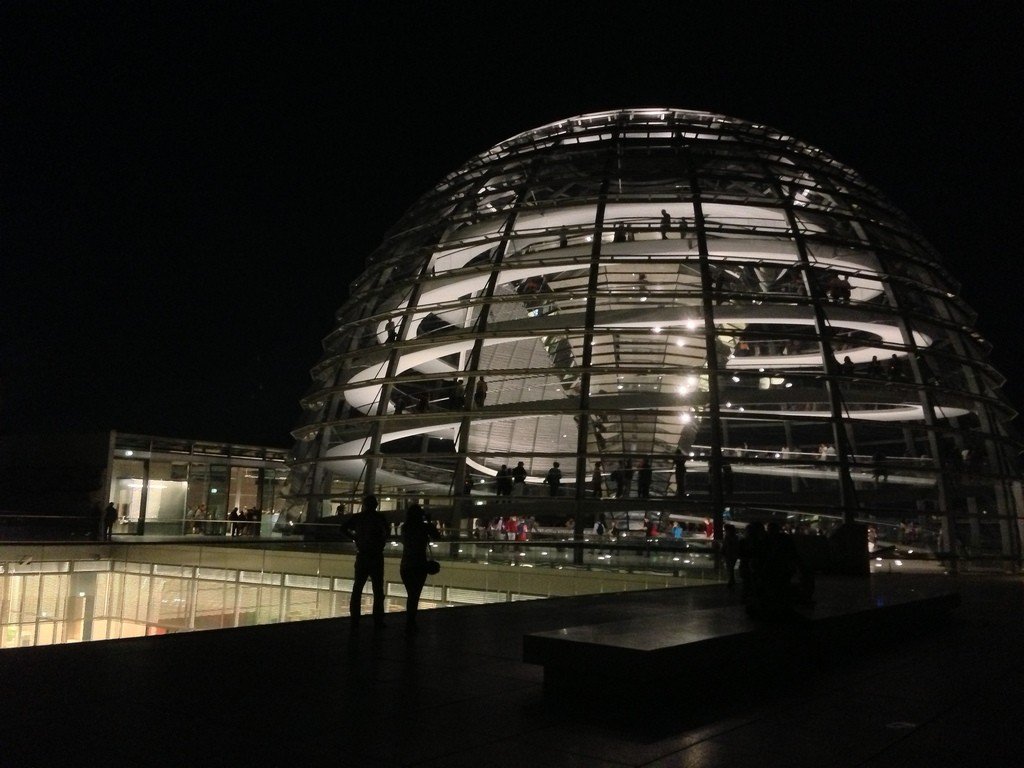
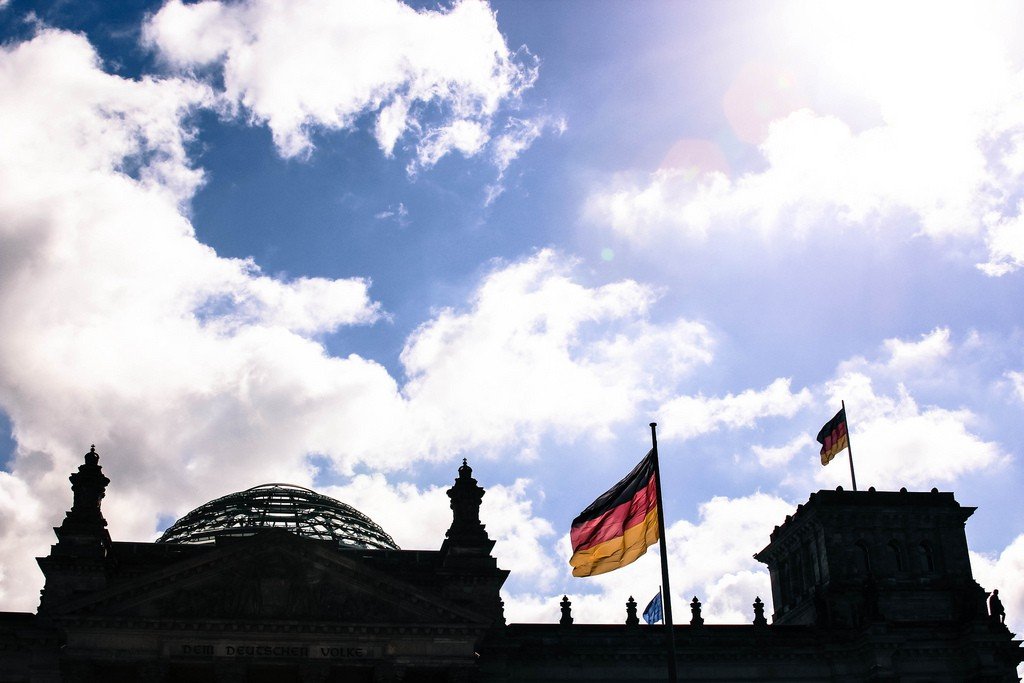
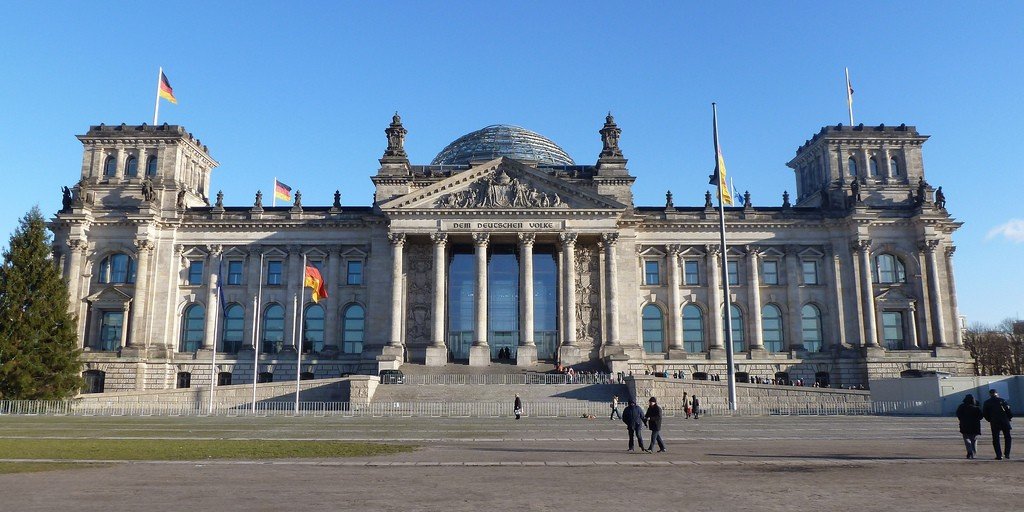
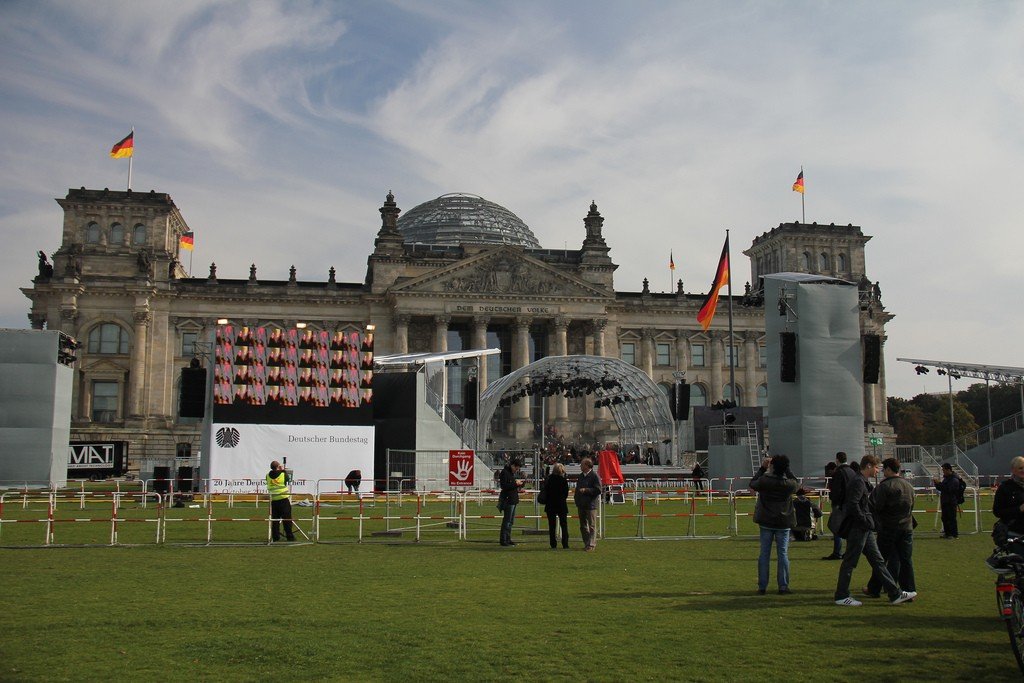
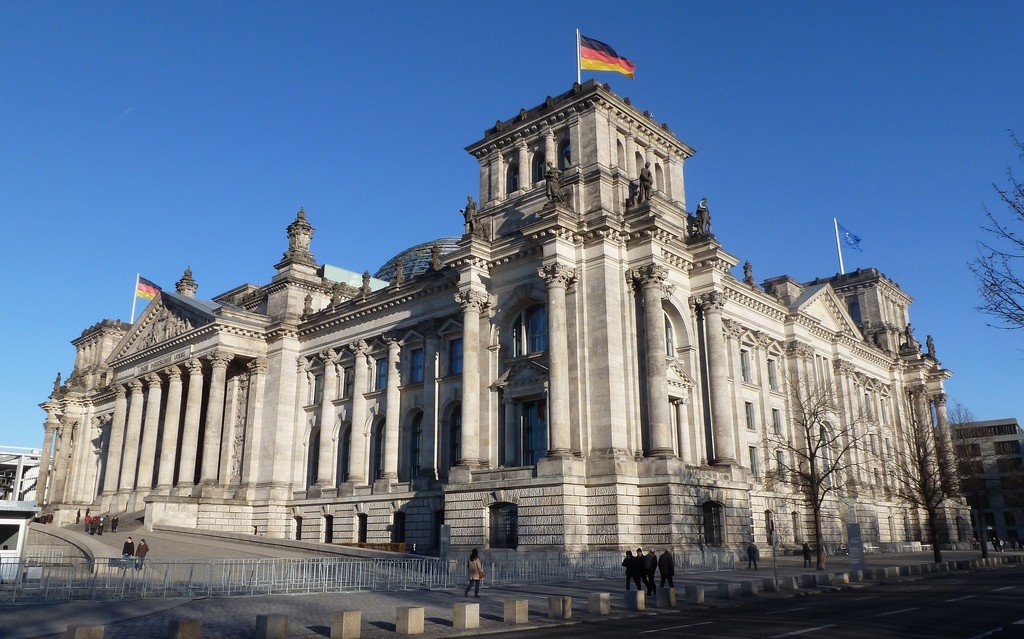
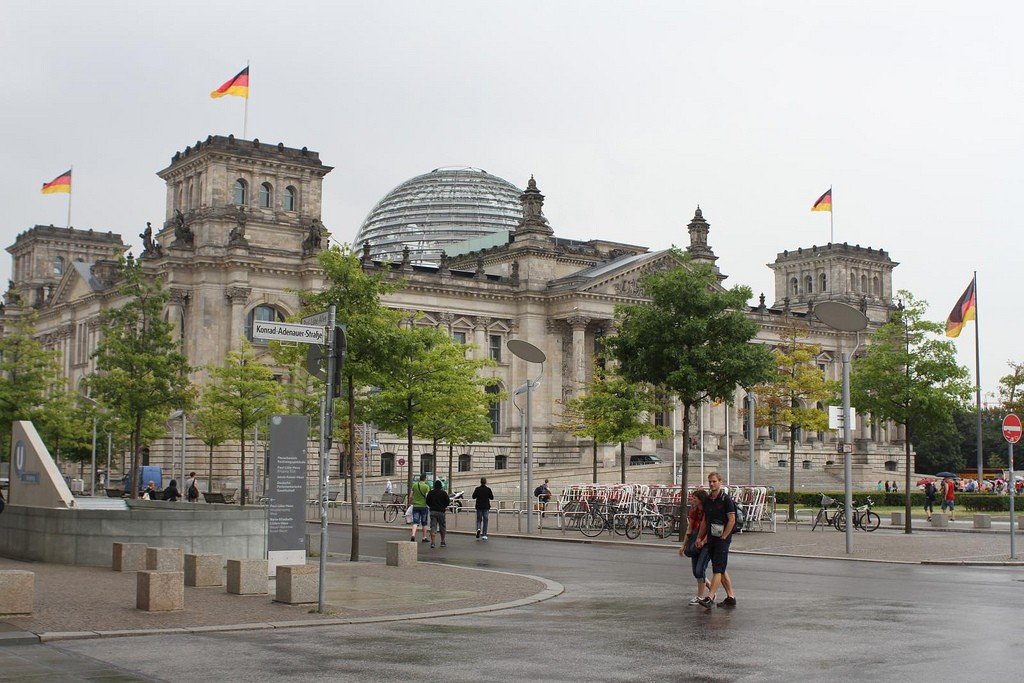
Video: Reichstag
” title=”YouTube video player” frameborder=”0″ allow=”accelerometer; autoplay; clipboard-write; encrypted-media; gyroscope; picture-in-picture; web-share” allowfullscreen> Contents- History of the erection
- Dome and Wall of Remembrance
- Opening times and how to visit
- Registration and contact information
- How to get there
Erection History
The magnificent building in the style of the High Italian Renaissance was realized according to the design of the Frankfurt architect Paul Vallot. The foundation stone of the Reichstag was laid by Kaiser Wilhelm I himself in 1884. Capital work did not begin for a very long time, as the area was privately owned by the diplomat Duke Radzinsky, who did not give permission for construction until the end of his days.
.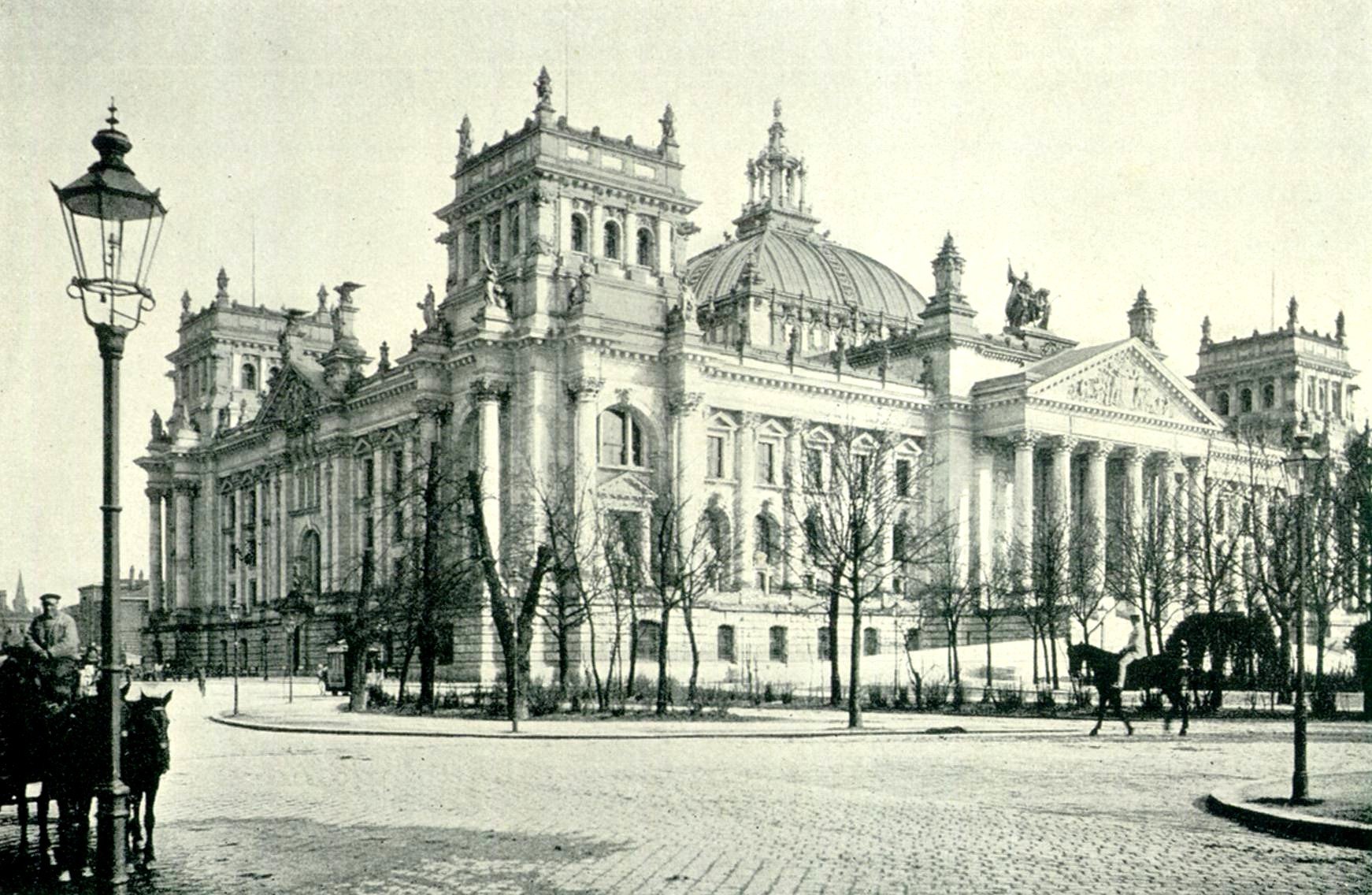
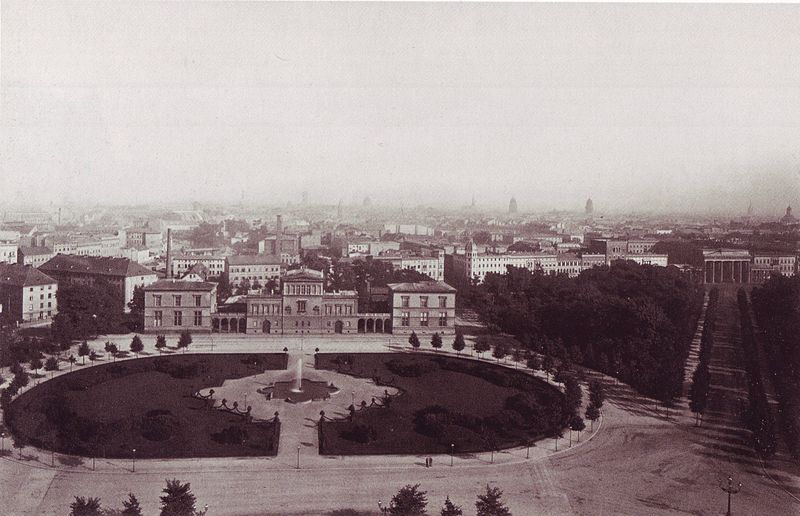
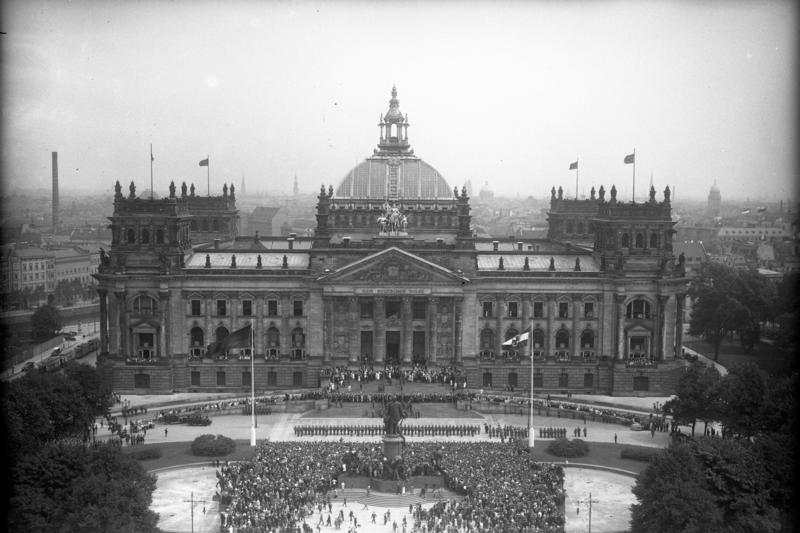
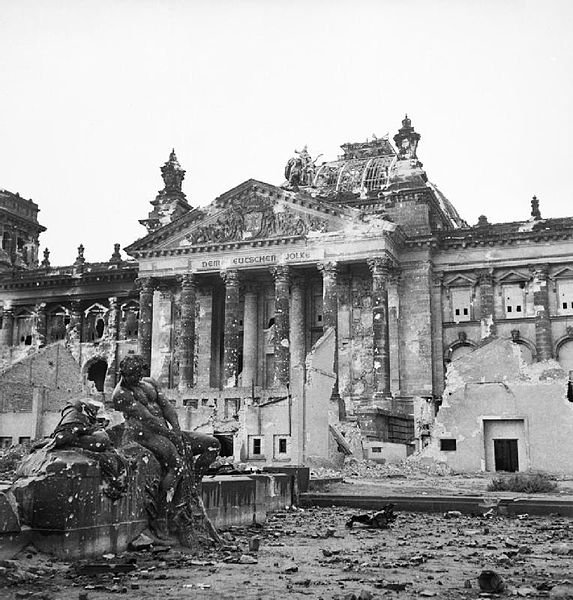
By 1945, only ruins remained of the building as a result of Soviet aerial bombardment. As a symbol of Hitler’s Germany, the building became the capital’s main military target. Only almost 10 years after the end of the war the government of the country put on the agenda the question of reconstruction of the Reichstag. The remaining ruins were blown up, but some of its parts were still preserved. Already in a couple of years, the complete rebuilding of the historical monument began.
By 1972, architect Paul Baumgarten was able to erect the Reichstag anew. It differed from the original design, but still retained some features of the Renaissance style. Until 1992, it housed the Institute of History. In the same year, British architect Norman Foster erected a grandiose glass dome in the center of the roof. By 1999, the Reichstag was once again a government building.
.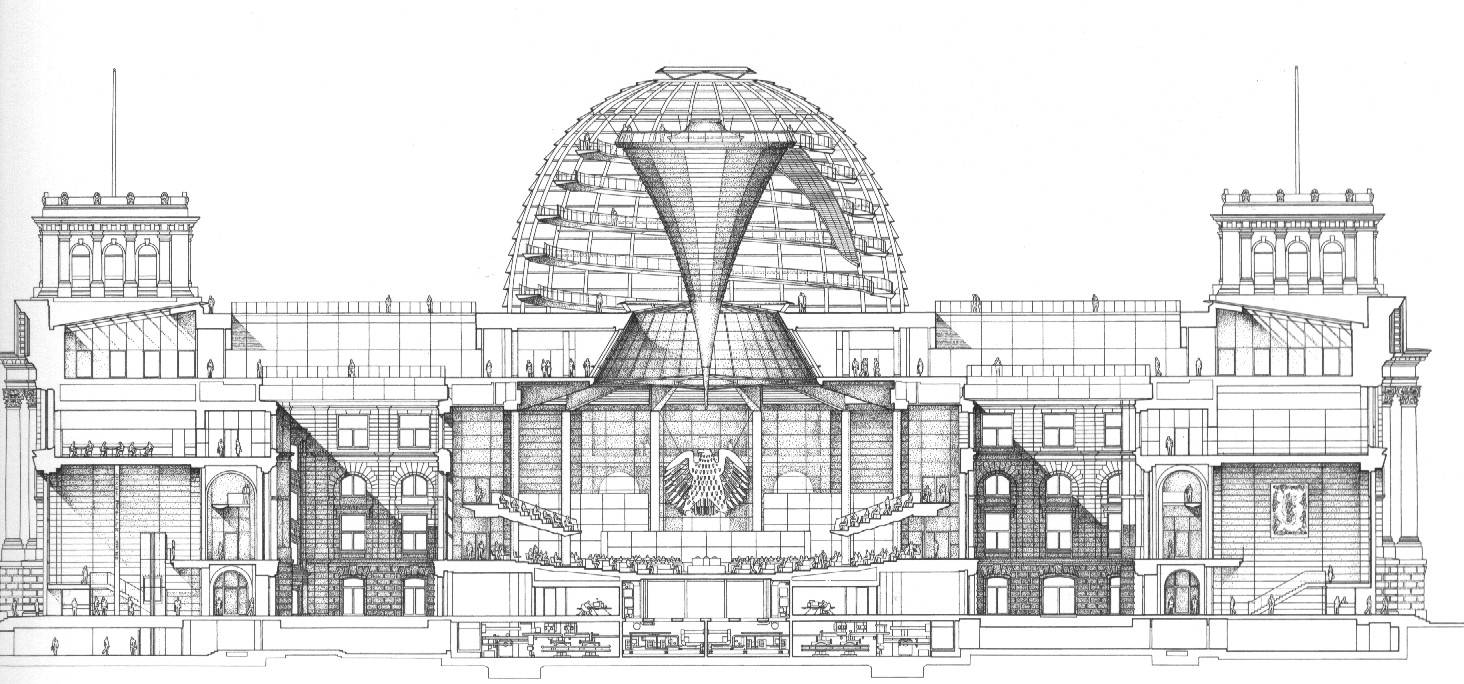
Dome and Wall of Remembrance
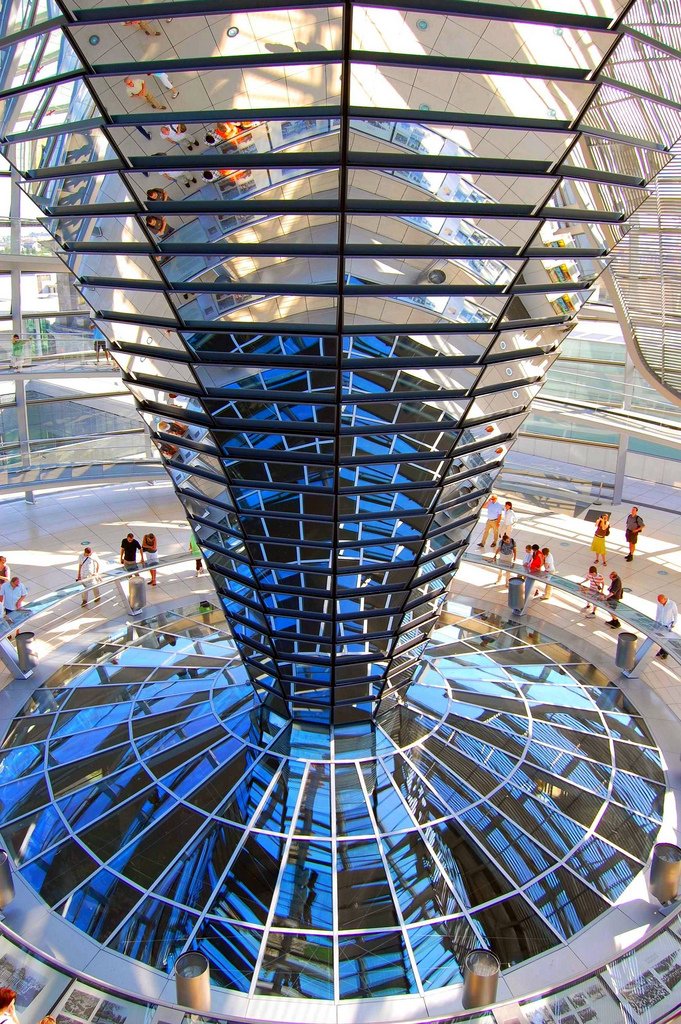
There is a large observation deck here, which can be reached by elevator. Each tourist gets the opportunity to enjoy a magnificent panorama of Berlin and from a close distance to consider the dome array. It is created from the strongest glass and special mirrors that transmit light. Their transparency depends on the external illumination, controlled automatically by a computer. In the center of the dome is a glass funnel. It serves not only as a futuristic decorative element, but also as part of the energy-saving system of the building. In winter, it allows for ventilation with minimal heat loss.
.The memory wall in the Reichstag is not one. They are fragments of surfaces that survived from World War II, mottled with inscriptions of Soviet soldiers. These walls have been left untouched: there are traces of cinders, autographs of the war itself, scrawled with improvised materials. To preserve their pristine appearance, as well as to protect them from vandals, the surfaces have been treated with a smooth vitreous coating. The only nuance is the “censoring” of the inscriptions: the profane messages were plastered over during the restoration..
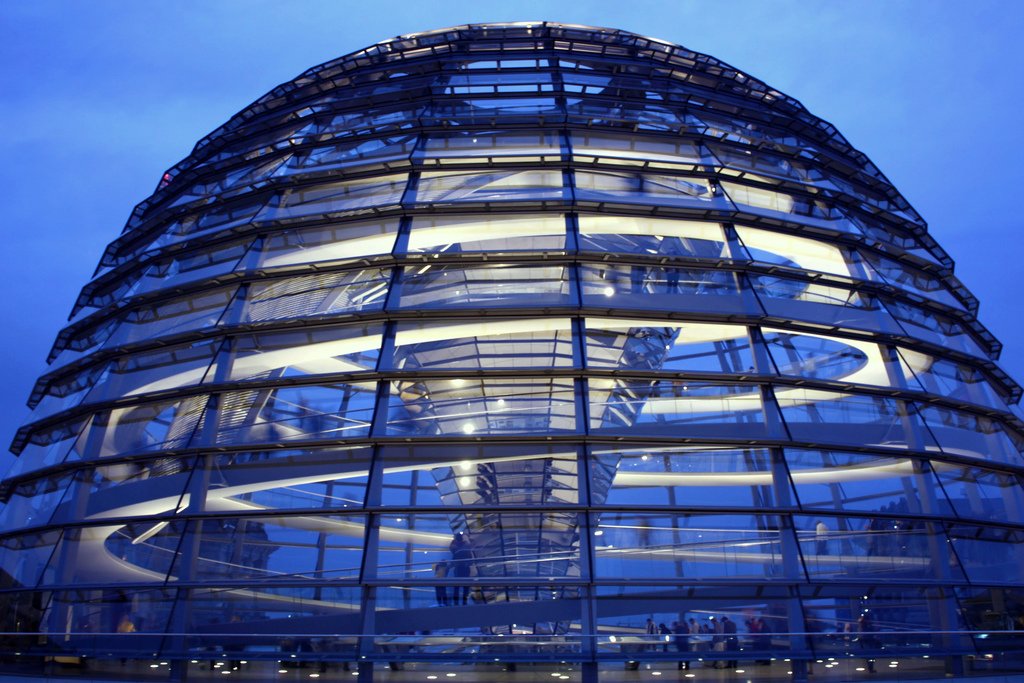
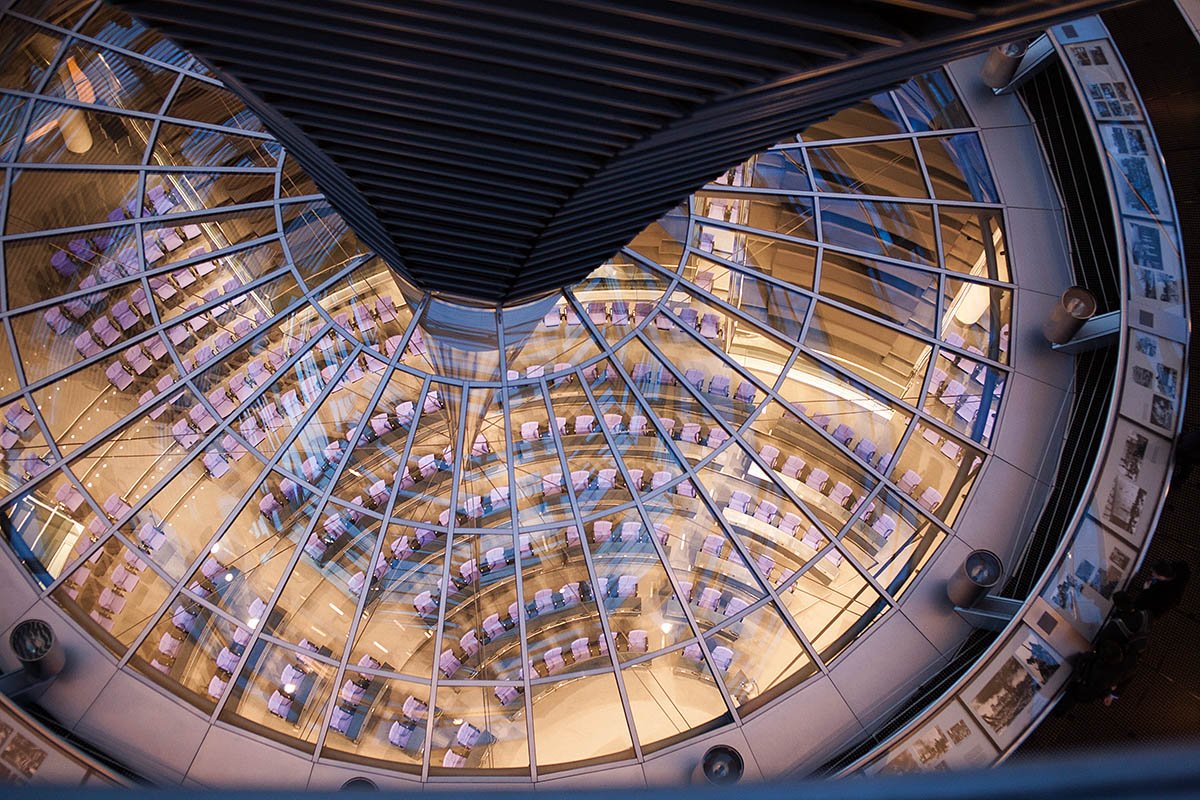

Opening hours and how to visit
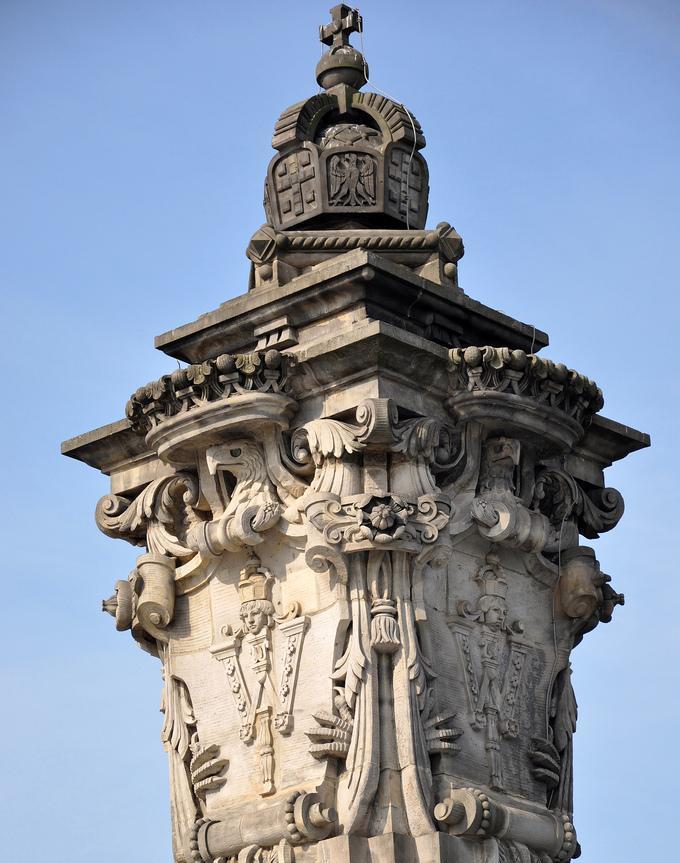
Address: Platz der Republik 1 10557 Berlin.Phone: +49 030 22 73 21 52, +49 030 22 70.Fax: +49-(30)-227-3643 6.Website: www.bundestag.deE-mail: vorzimmer.puk4@bundestag.de



How to get there
You can get to the Reichstag by subway (U-bahn): line U55, Brandenburger Tor station.By city train (S-bahn): line S1, S2 or S25 to Brandenburger Tor station.Buses 100 or M85 to Reichstag or Bundestag, TXL (S+U Brandenburger Tor).
.